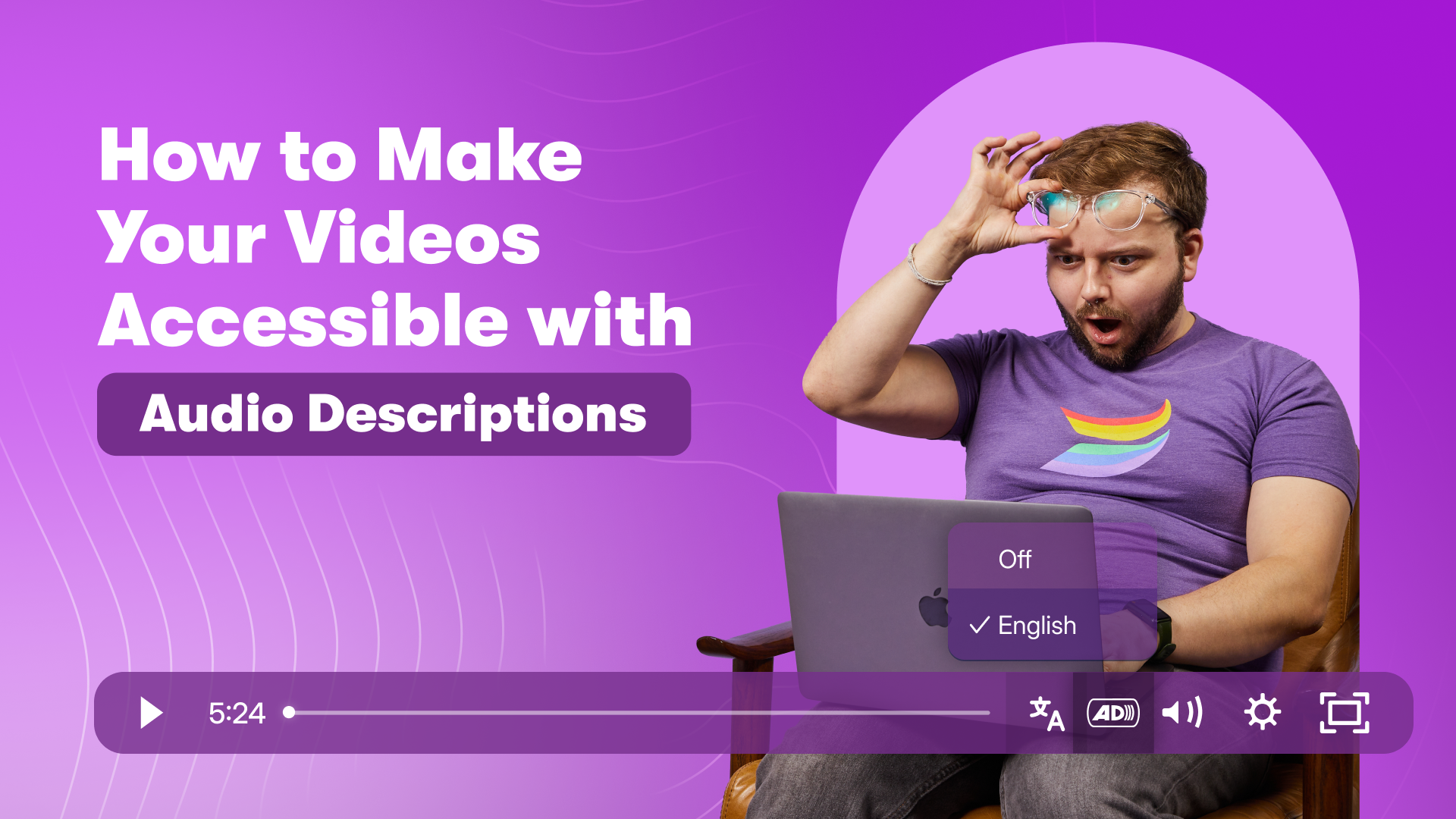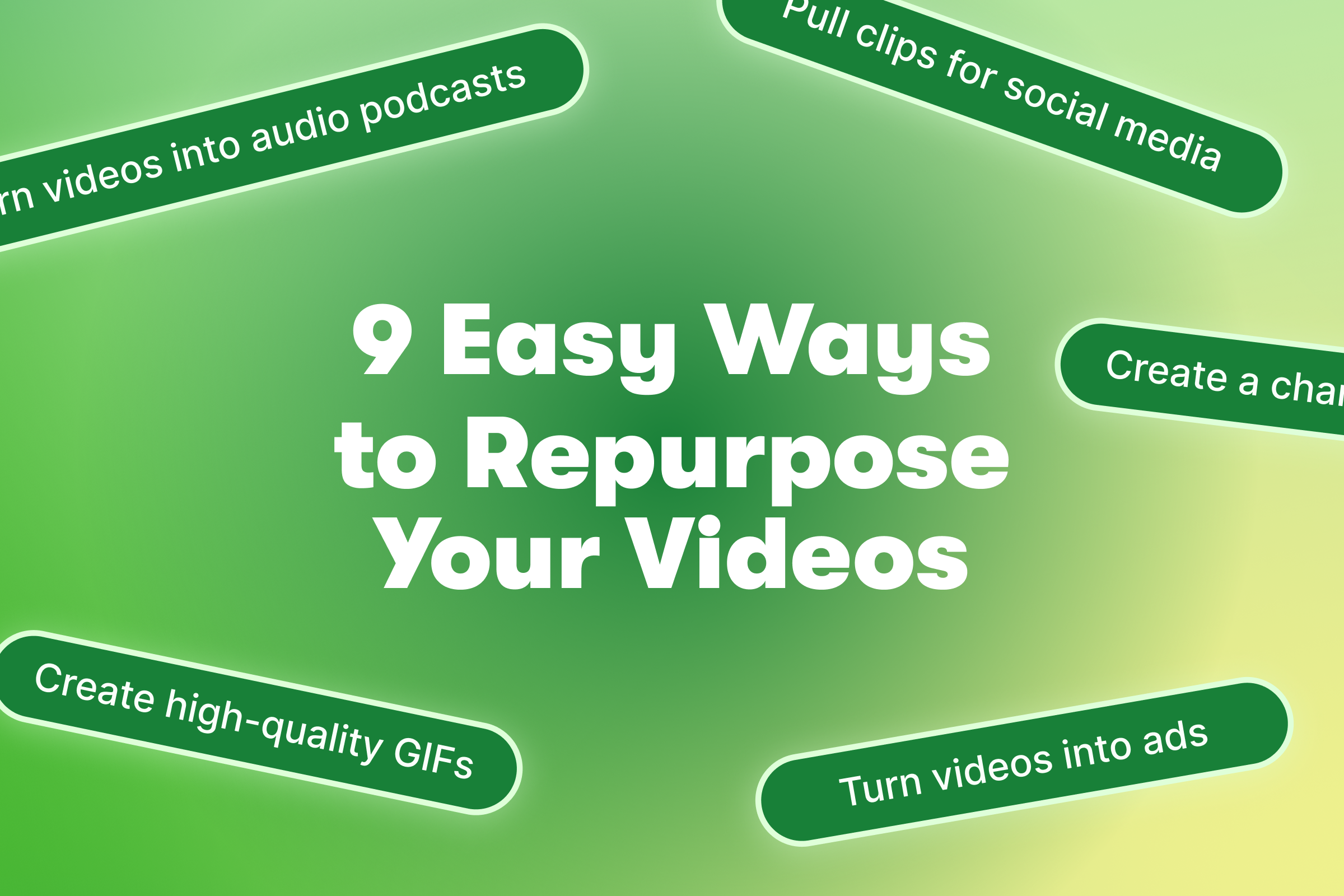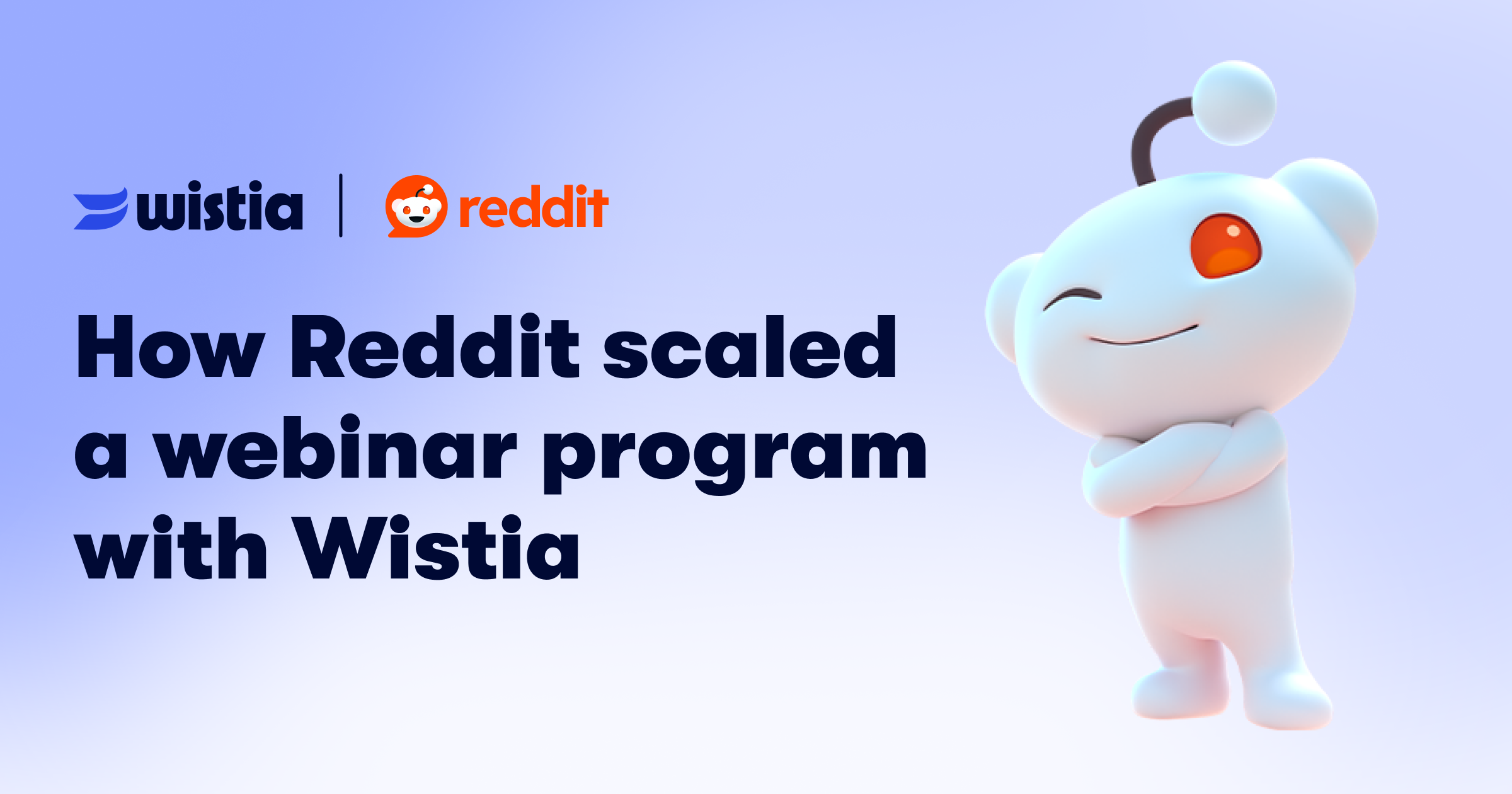Podcast Advertising 101: How to Grow Your Show through Paid Ads
December 10, 2020
Topic tags
Congratulations on your new podcast! The hardest part, just getting started, is over. Now it’s time to focus on the fun part — creating a promotion plan and building a loyal audience for your show. Like any well-rounded marketing campaign, advertising can be an essential piece of the puzzle.
Of course, there are many organic ways to grow your show: email marketing, social media, podcast SEO, etc. And while organic channels can lead to substantial growth over time, the growth tends to be slow and steady. Plus, with over 30 million podcast episodes in the wild, it can be difficult to cut through the noise and kickstart growth.
If you’re looking to ramp up promotion and identify new listeners for your show, paid media can be a great option if you have the budget. Think of paid advertising like a faucet that you can turn on or off to impact performance. There are several ways to approach using advertising to promote a podcast, so we’ve broken down the most popular ways to attract new listeners.
We’ve arranged the list with the lens of how likely someone is to “convert” into a new listener from each channel. Of course, it’s important to test different channels and invest in what’s working for your show.
Here's what we’ll cover
Understanding your audience
The first step is to identify and understand your listeners. What are their interests? What drives them either personally or professionally? How and where do they typically consume information? Where do they live? How old are they? Where do they work, and what are their job titles? These are the types of questions that can help define where you advertise your show and who to target.
For example, for our newest podcast Talking Too Loud, our target audience is entrepreneurs, aspiring entrepreneurs, and c-suite executives at SMBs. By understanding who the target audience is, we can tailor our content based on the channels they spend most of their time on and with the types of content they are most likely to consume. We know this group consumes most of their content via email, social media, similar podcasts, and publications like Wall Street Journal or Entrepreneur. These tech leaders tend to have c-level titles or director roles, and they tend to fall between the ages of 28–44.
So, how do you identify the audience for your show? Well, audience development should be part of your show planning strategy from the beginning. You’ll want to ask yourself early on, “who will this content impact?,” “who will resonate most with the content we’re producing?” If you can answer those questions early on, you’ll be able to establish your target audience for your show.
One of the biggest elements of the targeting exercise we use at Wistia is promotional briefs where we outline our target audience on an episode-by-episode basis. In some cases, the content will be very specific to select groups of people.
At Wistia, we use promotional briefs to outline our target audience on an episode-by-episode basis. In some cases, the content will be very specific to select groups of people. A helpful exercise is to work through the following questions and considerations for your show and each episode.
- Episode summary: If you can map out the premise of each episode, you’ll be able to take your targeting one step further
- Industry: Understand the industry that will most likely listen to this episode
- Keywords: Identifying keywords can help you break down your audience even further
- Interests: Are there any specific interests your target audience will have? For example, with Talking Too Loud, we want to reach folks interested in entrepreneurship and podcasts.
You can also leverage the analytics from your podcast host and various distribution platforms. This is a great exercise to go through to understand how well your target audience aligns with your actual listener audience.
Podcast advertising
The most effective way to attract new high intent listeners? Cross-promote your show on another show with a similar listener profile.
Once you have a solid understanding of your audience, it’s time to pick your podcast advertising network of choice. Each network has its nuances, so do your research to see what would be a good fit for your audience and goals. Typically, the network will have plenty of information on listener demographics and can help you place ads on the podcasts that align with your ideal listener.
Here are a few typical ad formats/categories to consider:
- Pre-roll: an ad that gets mentioned at the very beginning of a show
- Mid-roll: an ad that plays at some point in the middle of a show
- Outro: an ad that plays at the end of a show
- Baked-In/Native: these ads are read by the podcast host and feel like part of the show
- Dynamic Insertion: these ads are pre-recorded and placed in the show via an ad server
The pricing model is usually CPM (cost per one thousand listeners) based. According to AdvertiseCast, the average 30-second ad has a CPM of $18, and the average 60-second ad has a CPM of $25. These numbers often scale with the audience’s size; so, a podcast with fewer listeners might have a lower CPM while a podcast with a broader audience might have a higher CPM (though this isn’t always the case, it really depends on the show). For a more accurate estimate, check out AdvertiseCast’s free calculator.
Of course, true third-party advertising can leave a large gap for brand shows that don’t promote external content. This is where strategic partnerships can be extremely valuable. A soft way of growing your show without explicitly advertising is to work with existing partners on a co-marketing deal or to have thought leaders within your company be a guest on other shows.
Search advertising
Search advertising is what’s most closely associated with the “pay per click” advertising model. For search specifically, you’re leveraging keywords (aka, the words folks type into the search box) to trigger ad results. Driven by the world’s biggest search engine, Google Ads is the largest search ads platform.
When structuring your podcast promotion plan, it’s important to consider audience behavior. How do you personally find new shows? Is it a recommendation from a friend? Maybe a plug or a guest on a show you already listen to? These organic interactions are far more effective at generating new listeners. That doesn’t mean search advertising can’t be effective — it’s just important to set expectations and goals upfront and be honest with what’s working and what’s not.
There are generally two approaches to search advertising — brand targeting and non-brand targeting. Brand targeting refers to bidding on terms that include your brand or, in this case, your show name.
For example, for our show Talking Too Loud, we might choose to bid on the term “talking too loud wistia.” Keep in mind that these queries might also trigger your regular business brand ads, which could cause confusion if you don’t suppress these in your podcast campaigns. And, the organic webpage or podcast Channel on your website should rank #1 for these types of searches.
Non-brand targeting refers to anything not associated with your brand or show name. So, this could include terms “podcasts for entrepreneurs,” “best digital marketing podcasts,” etc. For these types of queries, Google typically shows a podcast carousel. This is considered an organic experience, and there’s no way to pay your way onto the list.
We should note that, while running paid search campaigns is a strategy you could test, it’s not very common for podcasts.
Display advertising
Display advertising refers to text, image, or video ads displayed on a website. The goal is usually to entice a website visitor to click through to a landing page and take action (in this case, subscribe to a show or listen to an episode).
Display ads can be run through a specific ad platform, like Google Ads, or through a specific third-party, like a website frequented by your target audience. Most display campaigns are charged on a cost per click (CPC) basis, though many third-party providers charge on a CPM basis.
Display advertising can be very cost-effective but can be hard to track from an ROI perspective. And, display ads have incredibly low click-through rates — less than 0.5%, according to WordStream (yikes!), which is not entirely surprising when you consider banner blindness.
All of that to say — display advertising can be a good option if you want to cast a broad net and generate awareness for your show without focusing too heavily on engagement metrics.
— There you have it, our guide on how to promote your podcast with paid advertising. Spend your dollars wisely, and be sure to test and optimize as you go!







Social media advertising
Social media platforms offer deep interest and demographic-based targeting capabilities, not to mention powerful website pixels that unlock a whole new level of targeting possibilities.
Facebook
With over 2.5 billion active monthly users, Facebook offers the largest social media audience and some of the most advanced targeting options for reaching a niche audience. The platform also provides a robust advertising network and advanced reporting capabilities. Get started with Facebook Ads here.
Instagram
A visual-first platform, Instagram is the perfect place to showcase your podcast art and audiograms. Instagram was acquired by Facebook in 2012, so all Instagram ads are actually run through Facebook Ads, with all of the same bells and whistles available across both platforms. Learn more about Instagram Ads here.
Twitter
Twitter’s strength is the community it creates around certain groups or topics. Have you ever logged on during the Super Bowl or when a new episode of a popular show drops? Everyone with a similar interest is on at once, engaging in real-time. Get started with Twitter Ads here.
LinkedIn
For a B2B or professional audience, LinkedIn is where the magic happens. Their network includes over 700,000 members, making it the largest single professional social platform in the world. This is the ideal opportunity for companies that cater to a B2B audience. Get started with LinkedIn Ads here.
Social media targeting
Though Facebook offers the most sophisticated targeting capabilities, the same targeting tactics still apply across all platforms. Here are a few ways to approach targeting:
Core Audiences
Core audiences are designed through targeting criteria around demographics, like age, geolocation, interests, job title, and more. Different platforms offer different options for this category. This type of targeting is most successful when you layer on multiple criteria to hone in on a specific niche.
Custom Audiences
Custom audiences are built with data pulled in through a pixel that’s placed on your website. This allows you to set up precise audiences based on real behavior or engagement on your site, like folks who have visited your podcast page but aren’t yet subscribers.
Lookalike Audiences
Taking custom audiences a step further, lookalike audiences take your current customer or subscriber list and create an audience based on similar criteria. These folks “look” like your current list — they just haven’t heard of you yet.
Remember: your end goal is to build an owned subscriber list. With any ad, you want to drive traffic to your website so folks can get to know your show and opt-in for alerts.
Tips for great podcast ads on social media
This last point deserves some extra attention. Just because podcasts are an audio show doesn’t mean you can’t leverage compelling creative and even video to spread the word. Audiograms are a great way to preview your show while also adding some visual interest. Check out this example for an episode of Talking Too Loud. We create these for each episode to highlight memorable moments from the show.